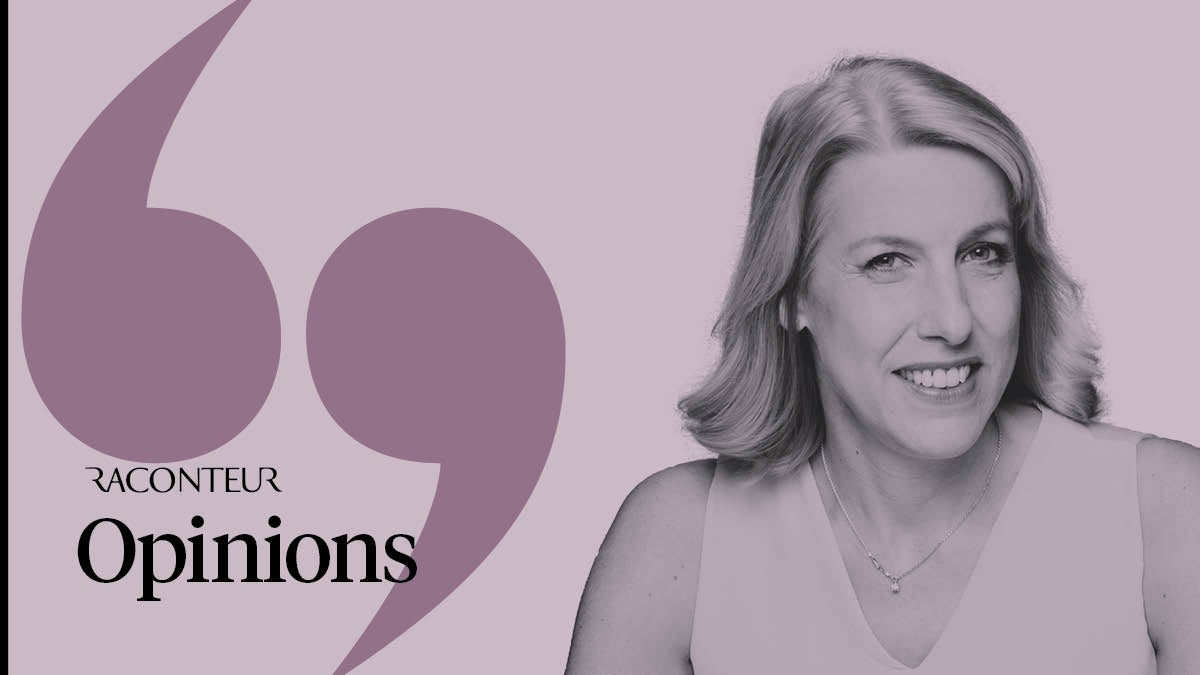
If there is anything the last eighteen months has taught us, it is that nothing is certain. Everything can change in a heartbeat. Despite this turbulence, it is possible to predict some trends that will follow us into 2022. Here are three of the big ones.
Online shopping
Over the past decade, consumers have become more digitally savvy, with the proportion of purchases made online rising steadily. In February 2020, online purchases of non-food were around 30% of retail sales. At the height of the third lockdown this figure had more than doubled, before settling back to around 40%. This is five years’ growth at previous trajectories in just eighteen months.
While unlikely the double-digit growth in online sales will continue, the pandemic has cemented existing gains and is accelerating changes in consumer behaviour. This, in turn, is changing the role of stores and high streets, which must find new ways of drawing in customers. Meanwhile, many retailers invested hugely in expanding their online capacity and digital connectivity for their customers.
Experiential retail, in hibernation during the pandemic, is now coming back, with greater use of pop ups, shows, and entertainment. Likewise, the integration of online and in-store retail will continue. Every time a customer browses online and buys in-store, or browses in-store before purchasing on their phone, they prove the importance of all channels – and the way they knit together.
Sustainability
COP26 may have been and gone, but the sustainability agenda is here to stay. It is being taken on by governments, businesses and, most importantly, customers. Almost four in five of us say we are changing our purchase preferences based on the sustainability of products we buy.
Many of us are drawn to products without plastic packaging, sourced using sustainable materials, or containing recycled content. This is an important step towards net zero, but the best choices are still being held back by a lack of information and transparency surrounding the origin or contents of many products.
Businesses and governments have a fantastic opportunity to fill this information void, as well as a duty to help nudge us all into making better choices. The BRC’s Climate Action Roadmap initiative, supported by over 75 retailers and brands, aims to help build momentum on improving the information available to customers, as well as driving a wider move to more sustainable business practices.
Prices
While the rise of digitalisation and drive towards green business and consumerism represent positive changes in the convenience and sustainability of retail, the trend towards rising prices has no winners.
From seasonal farm workers to HGV drivers to warehouse staff, the whole supply chain is being stretched by labour shortages, leading to rising wage bills. The HGV driver shortage alone has seen drivers receive sign-on and retention bonuses of thousands of pounds, pushing up the cost of getting goods to where they need to be.
There are other pressures on prices; 2021 saw energy prices soar, forcing many energy companies out of business. Imports are more expensive. Retailers are navigating new checks and paperwork as a result of the UK’s departure from the EU. Global shipping costs have been rising steadily for over a year, meaning the cost of moving a single container from Asia to the UK might be ten times what it was in 2019.
Ultimately it is customers who will pick up the tab. Retailers have seen margins squeezed and are simply unable to absorb all these new costs.
I hope that, despite the backdrop of that inflation, consumers and retailers can work together to drive the decisions necessary to create the positive change we all want and need to see at an even faster pace.

If there is anything the last eighteen months has taught us, it is that nothing is certain. Everything can change in a heartbeat. Despite this turbulence, it is possible to predict some trends that will follow us into 2022. Here are three of the big ones.
Online shopping
Over the past decade, consumers have become more digitally savvy, with the proportion of purchases made online rising steadily. In February 2020, online purchases of non-food were around 30% of retail sales. At the height of the third lockdown this figure had more than doubled, before settling back to around 40%. This is five years’ growth at previous trajectories in just eighteen months.
